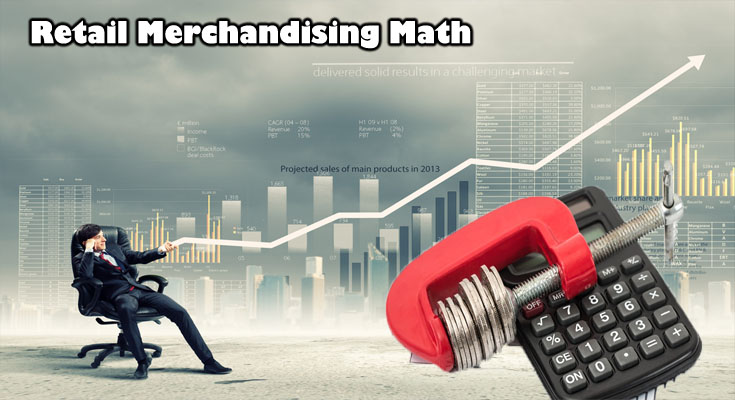
Best Practices for Managing Supply Chain Disruption Risk in Manufacturing
In today’s interconnected global economy, manufacturing supply chains face constant threats, ranging from geopolitical conflicts and natural disasters to material shortages and cyber-attacks. Building a resilient and agile supply chain is no longer a luxury but a fundamental requirement for business continuity and sustained profitability. Managing supply chain disruption risk in manufacturing requires a proactive, multi-faceted approach.
1. Enhance Visibility and Risk Assessment
The first step toward resilience is knowing your supply chain intimately—not just your immediate (Tier 1) suppliers, but their suppliers (Tier 2 and beyond) as well.
- Multi-Tier Mapping: Go beyond Tier 1. Use technology and supplier questionnaires to map out your entire supply chain, identifying the source of critical components and raw materials. Disruptions often originate at sub-tier levels that are otherwise invisible.
- Comprehensive Risk Assessment: Conduct regular, detailed risk assessments. Pinpoint specific vulnerabilities, such as:
- Single Points of Failure (SPOFs): Reliance on one supplier, one geographic





